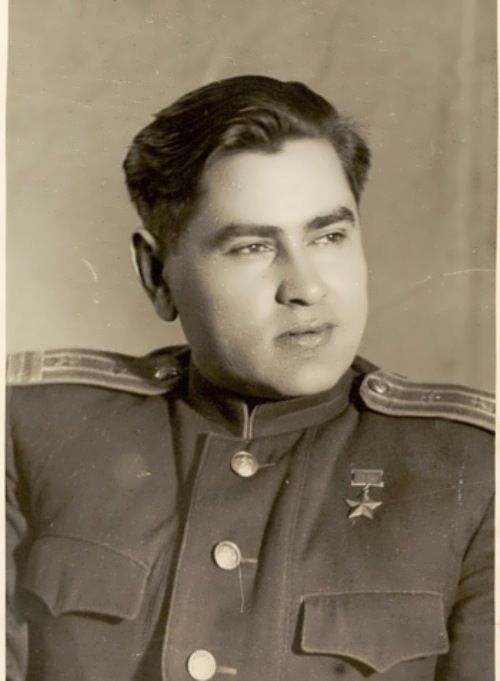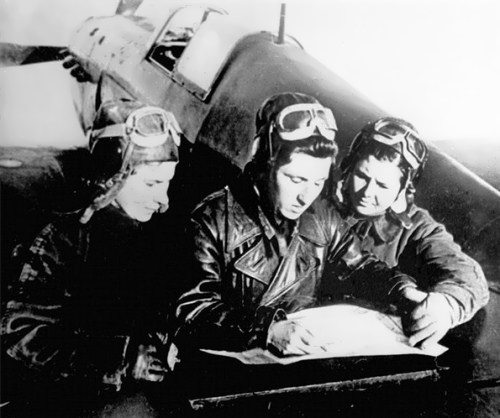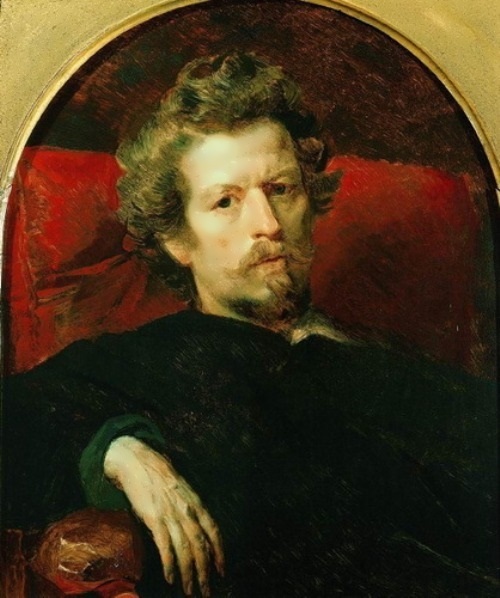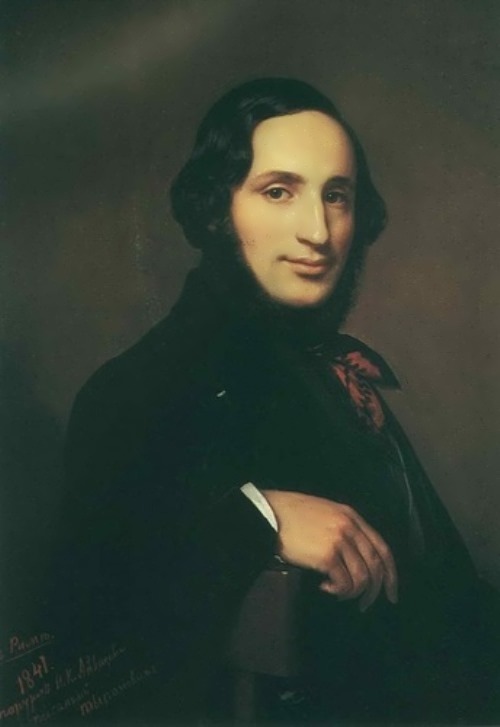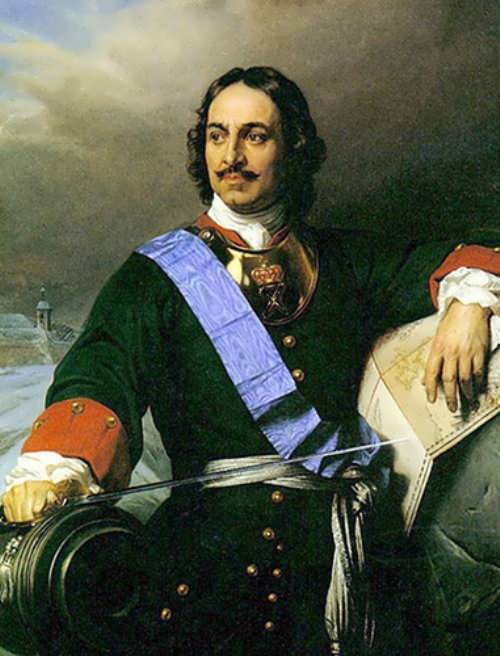Alexei Maresyev – Hero with no legs
Hero of the Soviet Union Alexei Maresyev lost both legs after a serious injury. But he refused to retire and continued combat flights.
Alexei was born on May 20, 1916 in Kamyshin, Saratov region. His father Peter Avdeevich died when the boy was only three years old. Mother Ekaterina Nikitichna raised three sons alone. She worked as a simple cleaner at a woodworking plant.
After school, Maresyev became a turner and started working. But already in those years the young man dreamed of the sky. He wanted to enter the flight school twice, but failed since from childhood he suffered from rheumatism. In 1934 Alexei went to the Far East to build Komsomolsk-on-Amur. There the future pilot made his first flight as a member of a local flying club.
After serving in the army in the Russian Air Force, Maresyev went on to study at a professional college for military pilots. When the Nazis invaded Russia in 1941, Maresyev was sent to the front to serve as a fighter pilot.
His first combat sortie was in the region of Krivoy Rog. By the spring of 1942 the pilot had shot down four enemy planes. But in April there was an event that changed his whole life.
More »
